If you want to work in fashion (which I guess you are if you are reading Glam Observer) it is not only essential to learn about the history of fashion, read the news, and watch fashion shows. You also need to understand how the industry works, and this involves knowing key terms and practices.
This is why today, we wanted to talk to you about the product life cycle.
The fashion industry revolves around products. We need to understand how they work both from the consumer’s perspective and as (aspiring) fashion professionals. This is important if you want to pursue a business-oriented career in fashion like sales, marketing, buying, brand management, etc.
The Lifecycle Of Fashion Products
When you see a product in a store, you might be aware or curious about the journey it took from the moment it was produced to landing on the shelves. Nowadays when things like sustainability, traceability, and fair trade matter more and more to consumers.
However, once a brand begins to sell the product, we don’t necessarily see the different stages of its lifecycle. In fact, the product’s journey doesn’t end when it hits the stores and stays there and that’s it. It undergoes a further process that is not really visible to the eyes of customers. But in reality, it exists and goes through various changes in production, as well as in marketing and advertising strategies.
To help you understand better the journey of fashion products, in this article, we will explain what a product lifecycle is and its different stages, and talk about how it is used by fashion professionals.
What is the product lifecycle?
A product life cycle is defined as the amount of time from the moment a product is first introduced to consumers until it is removed from the market.
I want to draw your attention to the fact that a product’s lifecycle doesn’t begin when a product is ideated and created. But once it enters the market, after the design, research, and development stage.
The lifecycle stages of a fashion product
A product lifecycle goes through 4 stages: Introduction, growth, maturity, and decline.
Stage 1: Introduction
The product’s cycle begins when it is introduced on the market. At this point, since it is new, people don’t know much about it and sales are usually the lowest. Therefore a brand needs to deploy its efforts towards making consumers aware of the product by promoting it through advertising and marketing campaigns.
The amount of time the introduction stage lasts will depend on several factors. These factors include how innovative it is, how it resonates with the customers, and whether there is (much) competition from brands that offer similar products satisfying similar needs of customers. This means that many products can fail at this point, meaning that stage two is never reached.
Stage 2: Growth
If a product successfully completes the introduction stage, then it is ready to enter the growth stage of the life cycle. The product starts receiving growing demand from customers. The brands can decide to increase production so it becomes more widely available.
Although the most “rough” introduction part is over, brands still have to make efforts to maintain their position in the market to continue driving sales and stand out from competitors. When a product becomes a hit, it is very common to see other brands offering similar/copycat versions. Sometimes with lower price points.
Stage 3: Maturity
This is the stage when the product is the most established in the market. Of course, brands still have to maintain marketing and advertising strategies to keep the buzz. However, they are usually lower compared to the previous stages because the product has become popular among consumers.
The product’s maturity peak means there is not much room for growth left with that particular version of the product. It will eventually lead to saturation in the market. Many consumers will now have bought the product. So, a brand has to come up with new strategies in terms of branding, pricing, and other ways to maintain the demand.
Stage 4: Decline
Depending on how much longer the brand can maintain its product at the maturity stage by resisting the competition and improving the product with new innovations, it will eventually reach a decline.
However, it can come back a few years later because it has become trendy again, so the brand might decide to revive interest in the original product by introducing new variations.
A good example is Prada’s ReEdition nylon bags from 2000 and 2005 which were popular in the 2000s and became trendy again a few years ago.
Examples of fashion products with a long lifecycle
Many products of fashion companies, especially luxury ones survived the decline stage. The reason why iconic fashion pieces like the Hermès Birkin, the Fendi Baguette, and the Dior Bar Jacket have stood the test of time is not only the result of a rich heritage and strong brand identity; it is also because designers introduced new versions by reworking the original design, producing it in other colors, prints, and materials, and offering new sustainable alternatives to satisfy a wider range of modern consumers with different tastes and needs.
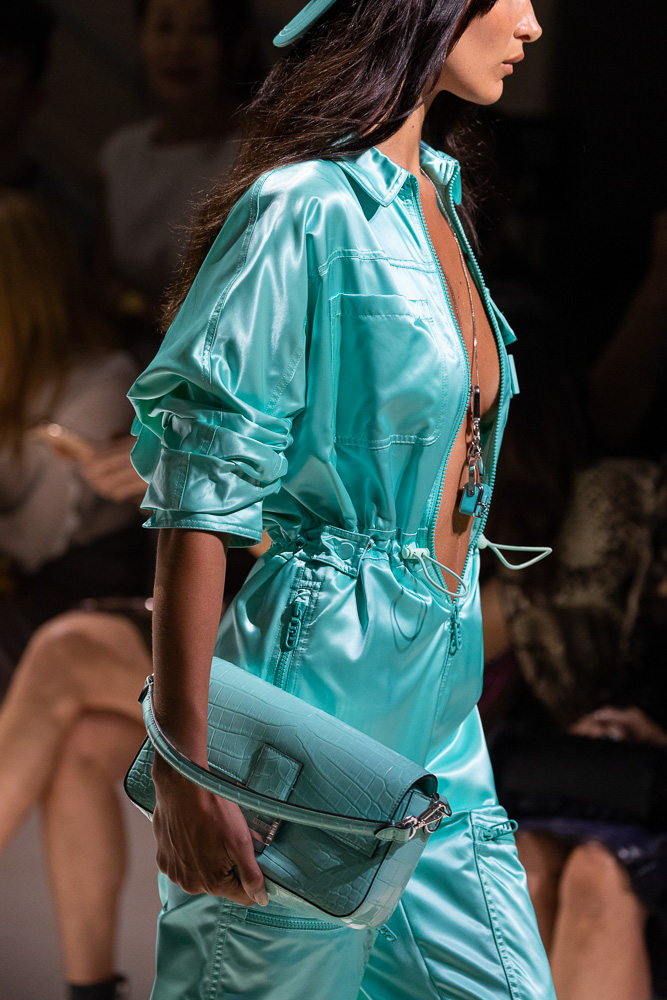
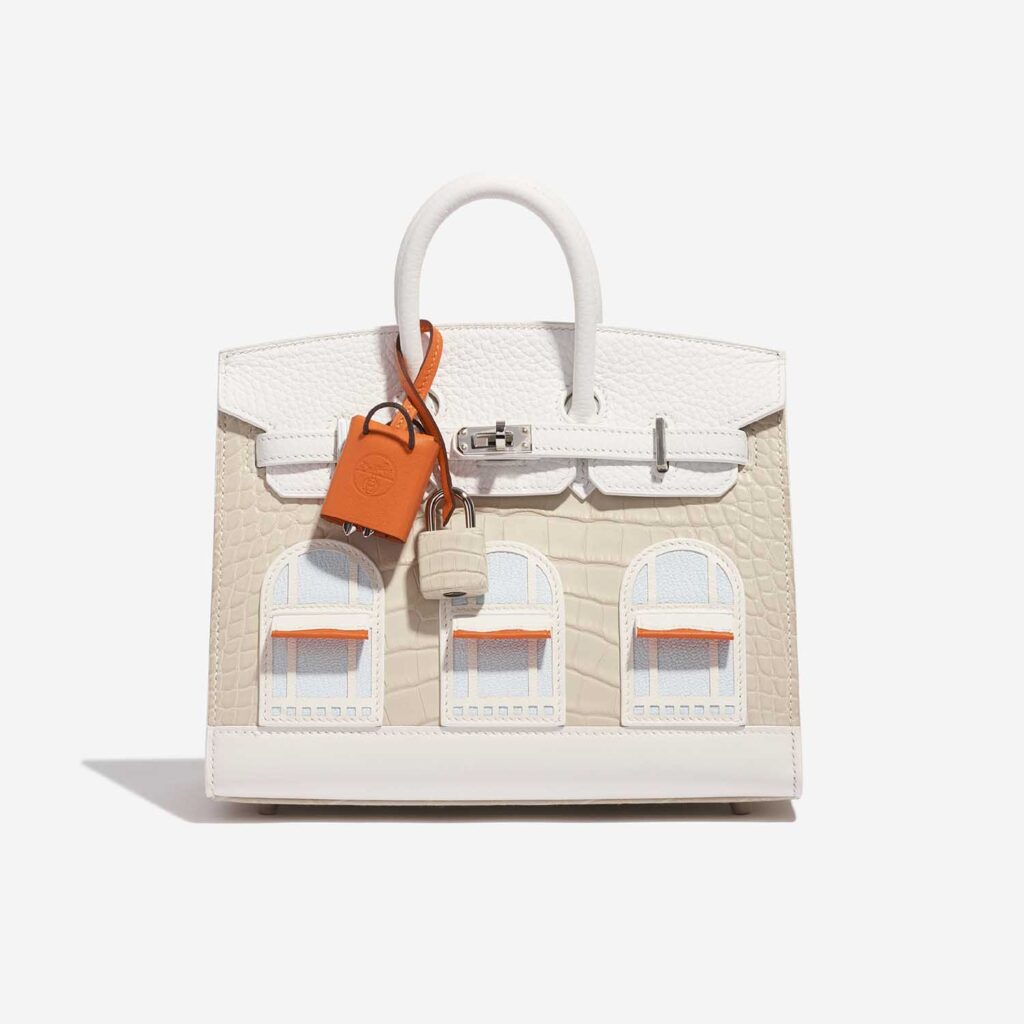

The importance of understanding the product lifecycle in fashion
The product life cycle is used by various fashion professionals, including those working in brand management, marketing, and sales departments.
Understand at which stage the product is positioned
As we saw, each stage has a range of factors that indicate where the product is currently positioned. Brands have to identify those factors to determine the efforts needed in promotion, marketing, and production.
Determine price points
If we take the example of a bag, it can have a higher price tag when it’s introduced. However, as new competitors arrive on the market, the price can be lowered. Or on the contrary, a product can do so well at the maturity stage that its value will only increase. For instance, the original price of Chanel’s iconic 2.55 bag was around $200 but nowadays, it surpasses $10.000!)
Plan advertising and marketing campaigns
The stage that a product is currently going through has an impact on the schedule of advertising and marketing campaigns. The brand has to understand when those are needed more and plan them in advance.
Build new strategies around the product
No matter if it’s a timeless Chanel flap bag or a less popular item, brands have to maintain the desirability of their products. Therefore, they need to come up with new strategies once in a while to keep it attractive and stand out from the competitor. Also, to expand to new markets and broaden the range of consumers. Some of the classic industry’s practices include issuing the product in new styles, materials, and colors, identifying brand ambassadors for strategic partnerships, and creating catchy campaigns.
For example, Bottega Veneta came up with an innovative strategy last December. The brand started using street-style looks of A$AP Rocky and Kendall Jenner taken by the paparazzi to make official campaigns. The iconic Intrecciato bag may not be new, but the campaign is so refreshing that it can raise a higher demand for this piece among shoppers.

What products with a long product life cycle can you name? Do you also know which items never went past the introduction stage or reached a decline very quickly?
If you want to learn more terms and practices used in the fashion business, subscribe to our newsletter 365 days of fashion.




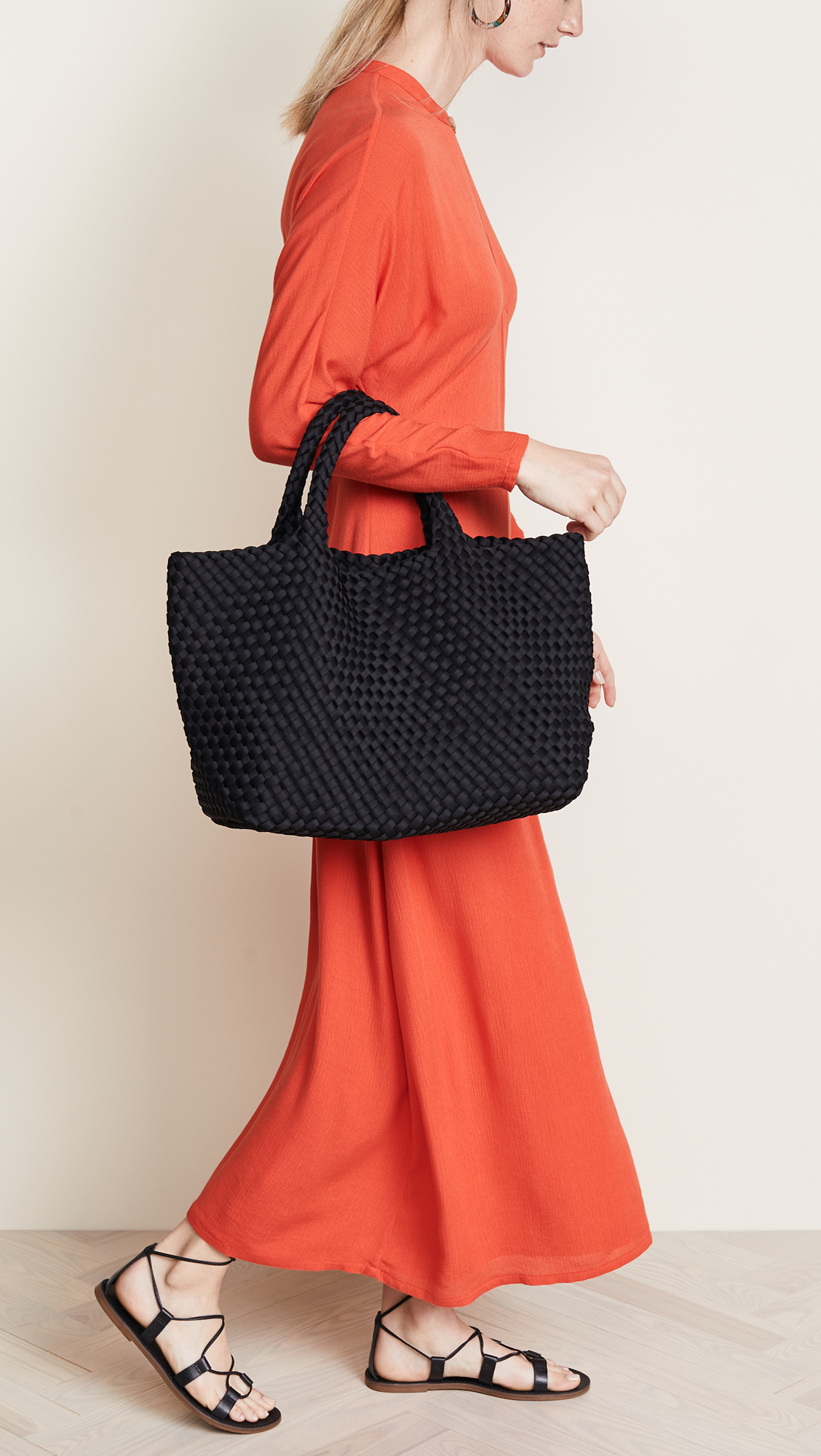
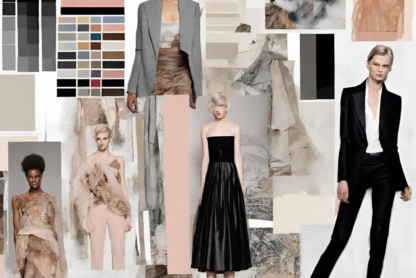
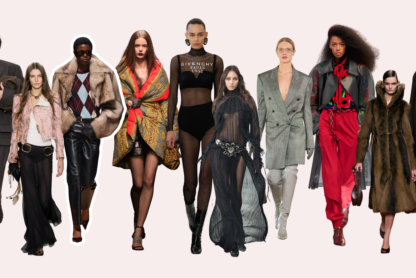

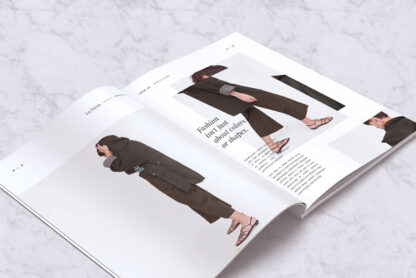
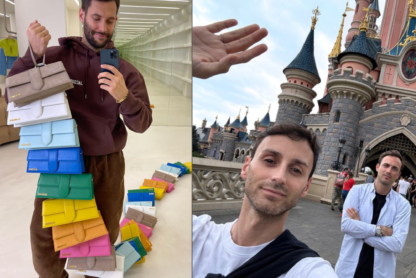
Greetings everyone, I wanted to share a resourceful essay I found https://www.nursingpaper.com/examples/capstone-project-topic-selection-essay/. It offers a step-by-step approach to choosing a topic that aligns with your academic interests and career goals. Whether you’re exploring different research areas or seeking to address specific healthcare challenges, this essay provides valuable guidance and tools to help you select a compelling and relevant capstone project topic.